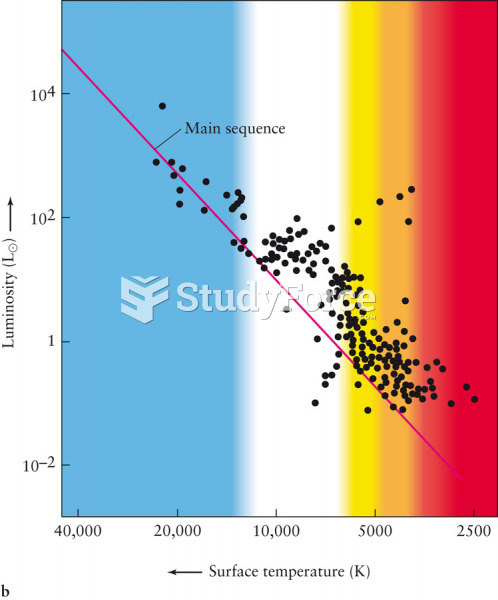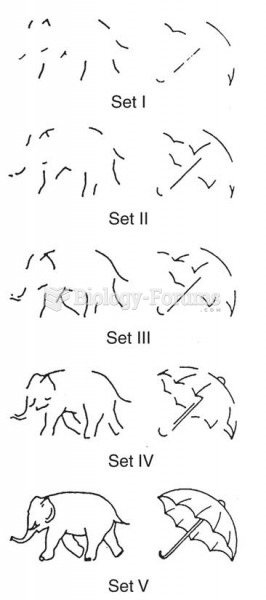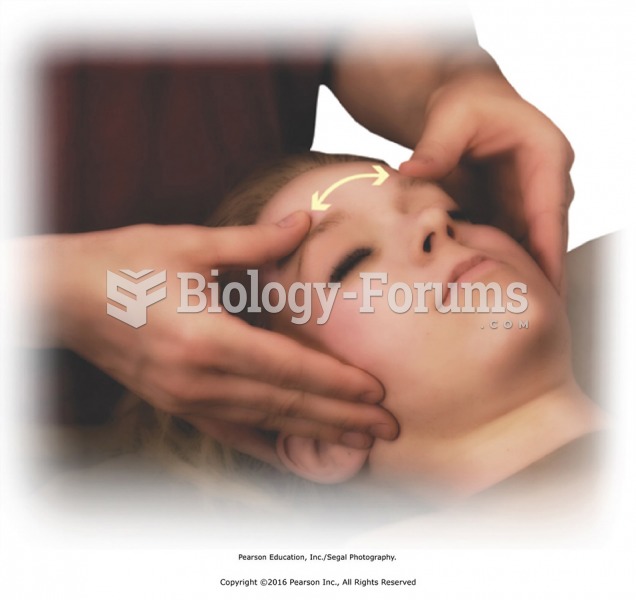Answer to Question 1
Not all art of the Middle Ages was imbued with Christian culture. Royal, noble, and later middle-class households owned fine-carved furniture, illuminated books, and objects to grace daily life. One of the most treasured medieval possessions, more valuable than paintings, was tapestries, large woven hangings, often created in cycles that told a story or followed a theme. These splendid tapestries were hung in great halls and private chambers. The Lady and the Unicorn, woven for a member of a wealthy French family named Le Viste, is from a cycle of six hangings. According to legend, the unicorn can be tamed by a young girl. In this tapestry the unicorn stands for Le Viste in amorous pursuit. Included in the picture is a lion, signaling Le Viste's presence by holding up the family's coat of arms. The subject of the tapestry is smell, indicated by the basket of flowers offered to the central figure of a young girl, while a monkey sniffs at a stolen blossom.
Answer to Question 2
In the Middle Ages a function of sculpture was to embellish architecture. Over two thousand carved figures decorate the exterior of Chartres, were concentrated principally around entryways or door jambs, and were referred to as jamb statues. They serve as a conceptual transition between the secular, everyday world and the sacred space within. Created at different times, the stylistic transition from Romanesque to Gothic is obvious. On the west faade, the Romanesque style can be seen in the elongated, flattened bodies of the 12th-century carvings, with the linear folds of the draperies not so much sculpted as incised, as if drawn into the stone with a chisel. It is difficult to believe that there are actual bodies under the draped clothing. Carved a hundred years later, the statues on the south transept display the mature Gothic style. Compared to the bodies on the north faade, the bodies here are more fully rounded and appear to be further detached from their architectural supports. A sense of musculature is evident, with the draped clothing suggesting there is a body underneath.







